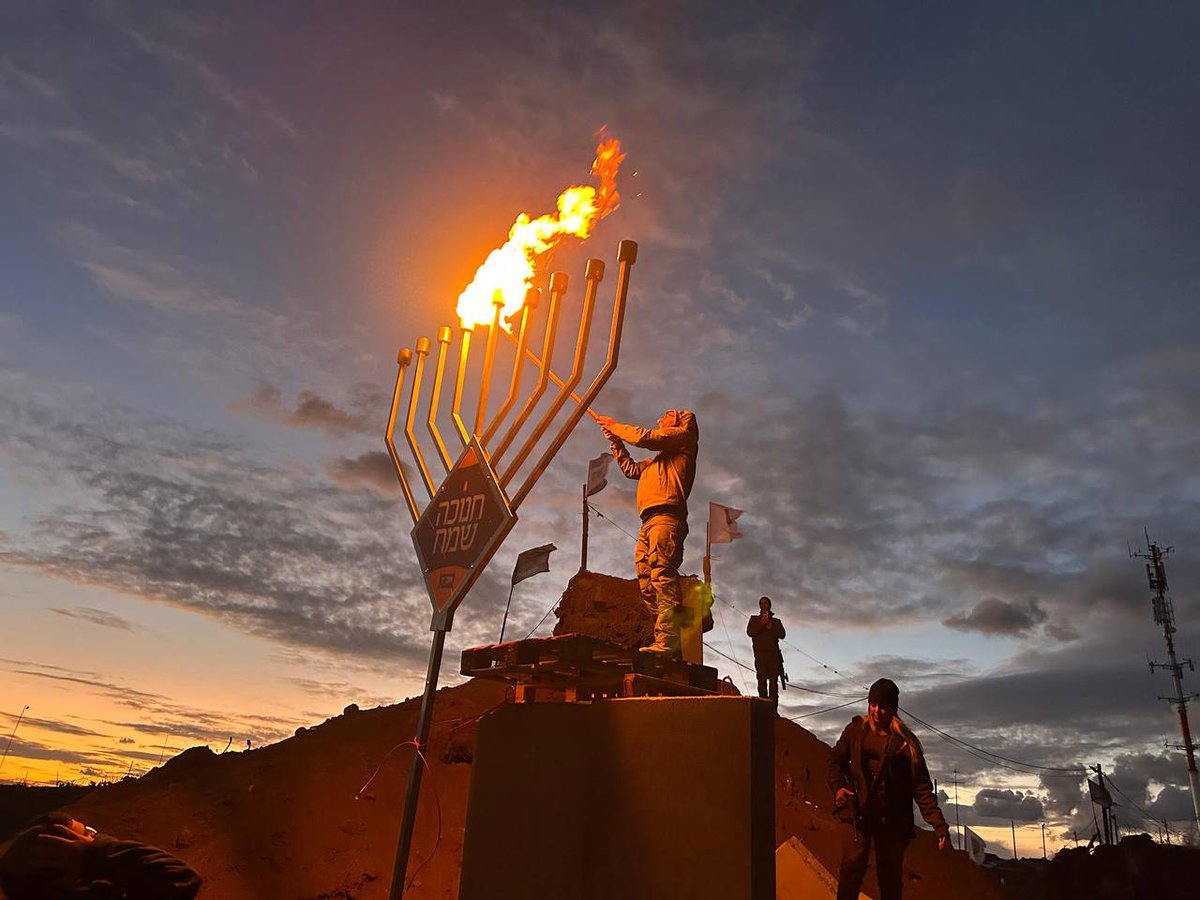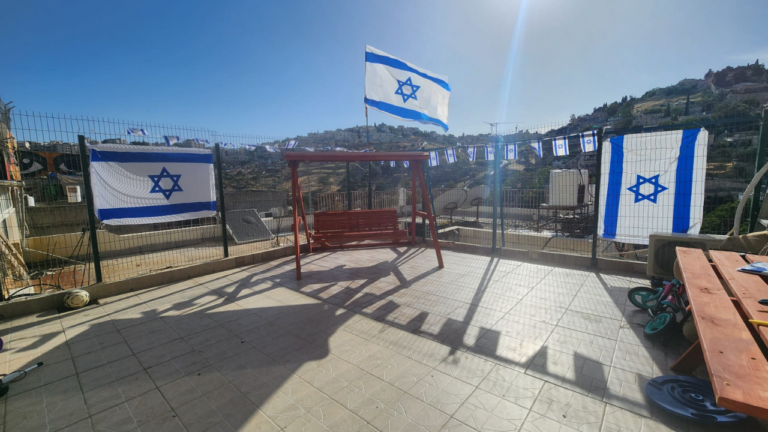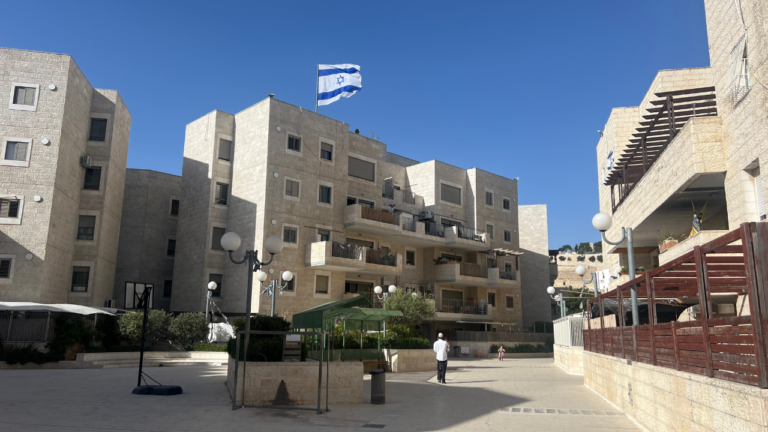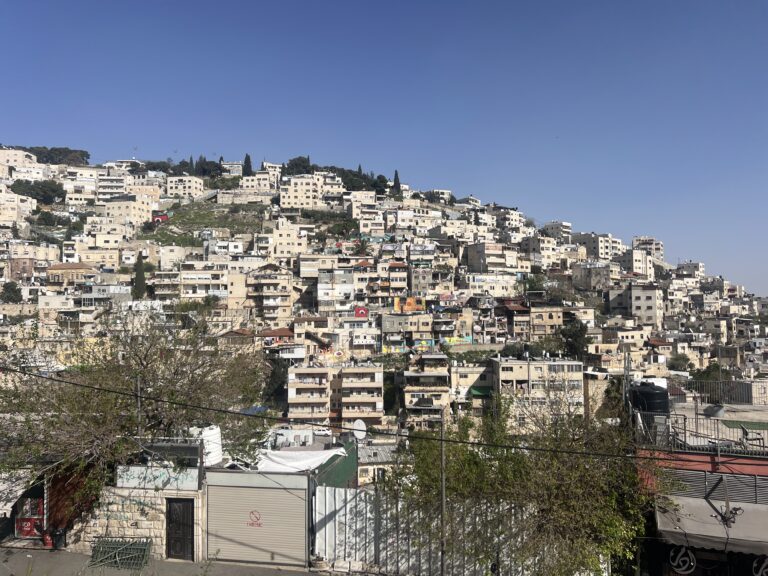Rejoicing in Reunion While Weeping Over Destruction
After Yosef reveals his identity to the brothers, the Torah describes the emotional reunion between Yosef and Binyamin. They share the same mother, Rachel, and Binyamin was very young when his older brotherdisappeared. One can only imagine the intensity of emotion when they embraced after 22 years of separation. “And he fell on his brother Binyamin’s neck and wept, and Binyamin wept on his neck.” (Bereishit 45:14)
Chazal famously comment that the verse strangely pluralizes the word “neck,” ויפול על צוארי בנימין אחיו. (See the Gur Aryeh and other commentaries for a more complete grammar discussion.) They explain that Yosef and Binyamin were weeping over the eventual destruction of sanctified structures that were destined to be erected in the ancestral portions of their descendants. Yosef cried over the “necks” of Binyamin, the two future temples in Jerusalem that would be destroyed. And Binyamin cried over the “neck” of Yosef, the Tabernacle in Shilo that the Philistines would eventually overrun.
This midrash is bizarre on several levels. In this joyous moment of reunion, why would the brothers cry over future destruction? Additionally, what does the word צואר, neck, have anything to do with the Beit HaMikdash and Mishkan?
To answer these questions, let us turn back to another greeting-crying episode that occurred earlier in Bereishit. When Yaakov Avinu first met Rachel, the future mother of Yosef and Binyamin, he joyously kissed Rachel. But then he raised his voice and cried, וישא קולו ויבך (Bereishit 29:11). As Rashi quotes from Chazal, he was weeping over the knowledge that Rachel would not be buried next to him in the Maharat HaMachpeila. This midrash is also strange. Are Chazal suggesting that Yaakov already prophetically understood that Rachel would not be his only wife, and would die earlier than him?
When Yaakov first met Rachel, he recognized her as his true spiritual mate, the ultimate complement to his religious persona. Their initial encounter brought about intense joy in Yaakov, as he perceived a sense of spiritual completion in Rachel’s presence. But there was also pain, a nagging metaphysical feeling that not everything was right. In the moment of union with his most beloved, Yaakov also sensed an agonizing distance that would eventually separate them. Rachel would not be his eternal resting mate.
A similar metaphysical phenomenon occurred as the twelve brothers reunited. In this moment of clarity and achdut, the joy and power of Klal Yisrael’s unity was palpable. Yehudah had drawn close to Yosef, ויגש אליו יהודה, and Yosef beckoned his brothers to draw closer, גשו נא אלי ויגשו. As the Haftarah from Yechezkel makes clear, our Parsha can be viewed as a metaphor for closing the distance between the various tribes of Israel, healing the rift between the children of Rachel and Leah.
But as Yosef and Binyamin joyously embraced, they also perceived the pain of destruction and separation. Binyamin’s sanctified temple in Jerusalem, which was the ultimate source of unity and spiritual clarity, was
destined to burn. The Jewish peoplewould scatter to the four corners of the globe in a cataclysmic shattering of Klal Yisrael. Yosef could feel a looming mystical dread of Jerusalem’s destruction, and he wept.
The imagery of צואר is perfect to capture the essential nature of the Beit HaMikdash. In Shir HaShirim (7:5), the Mikdash is referenced as the neck of Klal Yisrael. The Maharal explains (Gur Aryeh ibid) that the neck unites the head with the rest of the body. Much of the lower human body is physically separated into pairs of limbs: arms, legs, ribs, kidneys, lungs, etc. These pairs symmetrically mirror each other. But the head and neck are one solid piece. The neck “unites” the various pairs of limbs below it. The neck is also the conduit through which all essential nutrients and signals from the brain travel. Without the oxygen, food, and water that the neck provides, the rest of the body would have nothing.
Yerushalayim, and the Beit HaMikdash in particular, serve as the conduit for all spiritual “nutrients” to enter this world. It unites the disparate limbs of the Jewish people into a united whole. Without Jerusalem, our connection to the higher spiritual worlds is severed and our bond to each other disintegrates.
May Yosef’s painful tears of separation quickly turn into joyous tears of reunion in the rebuilt Jerusalem, speedily in our days.



